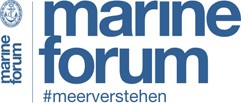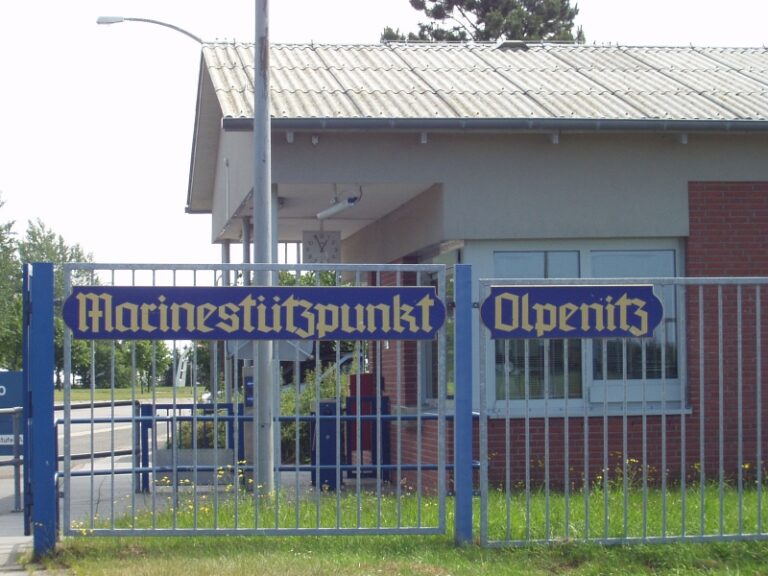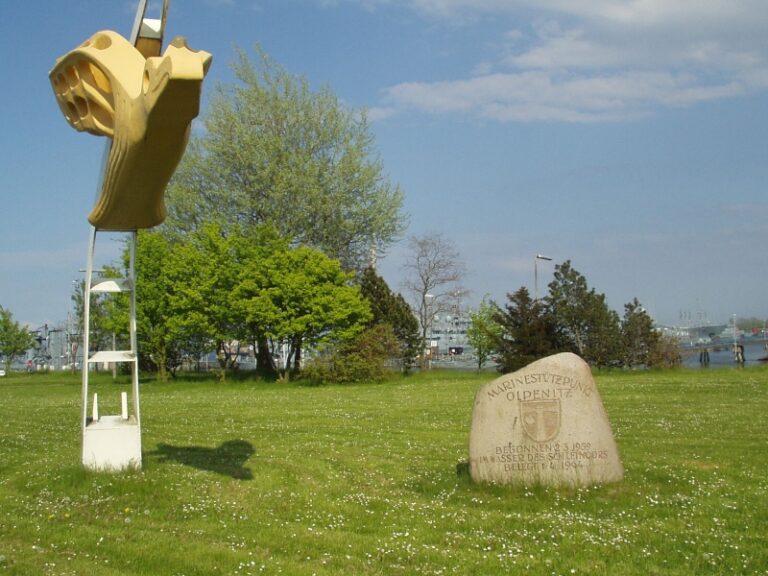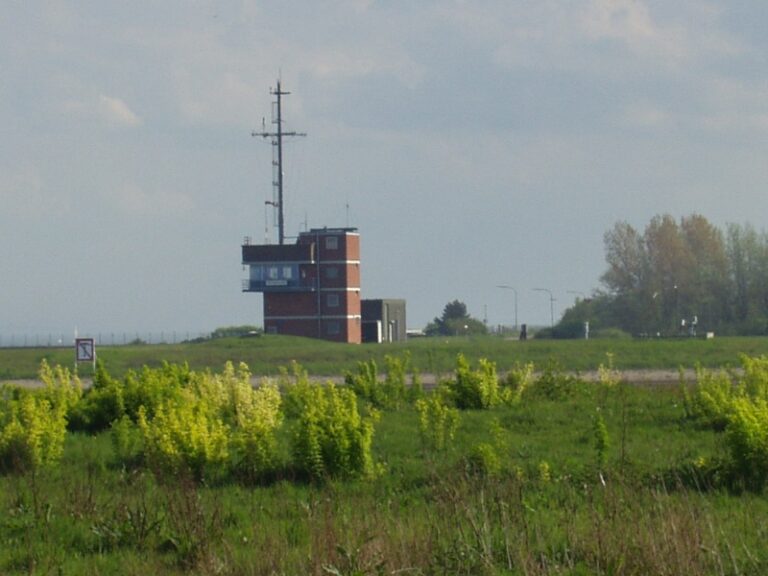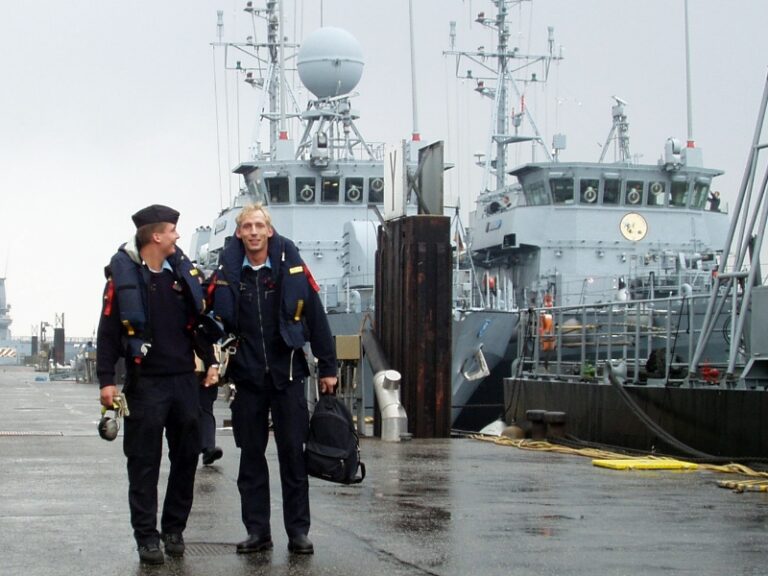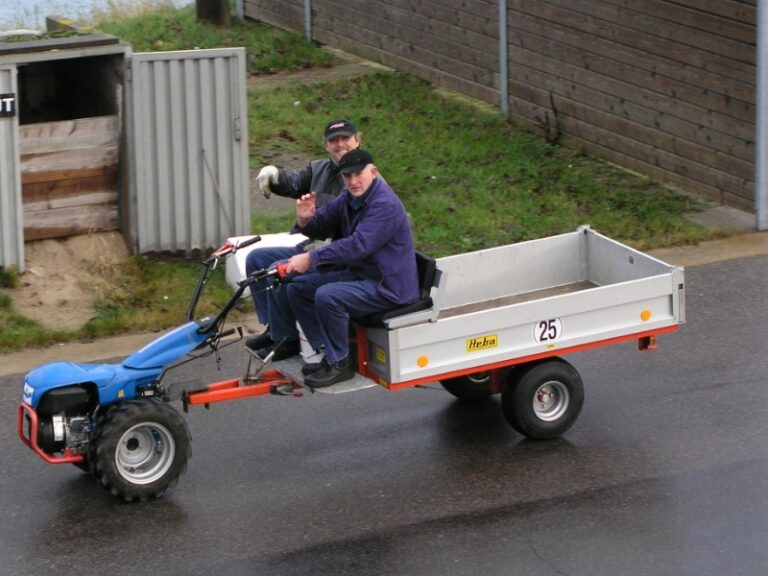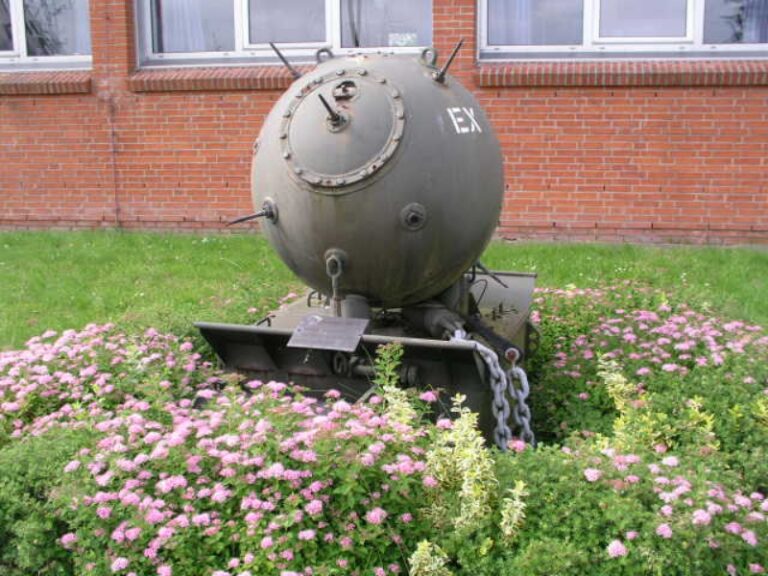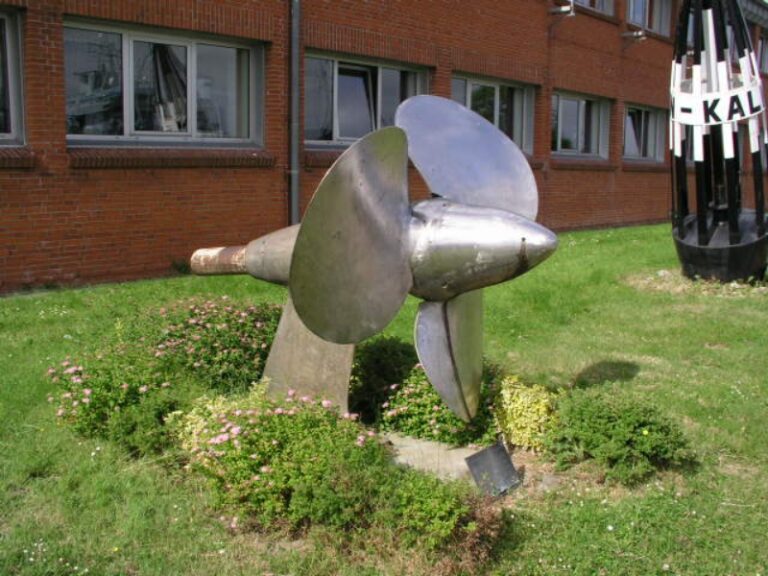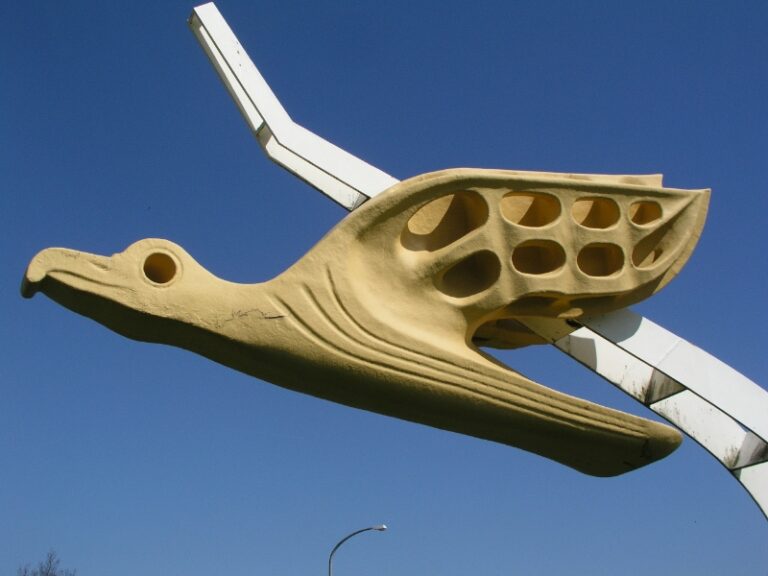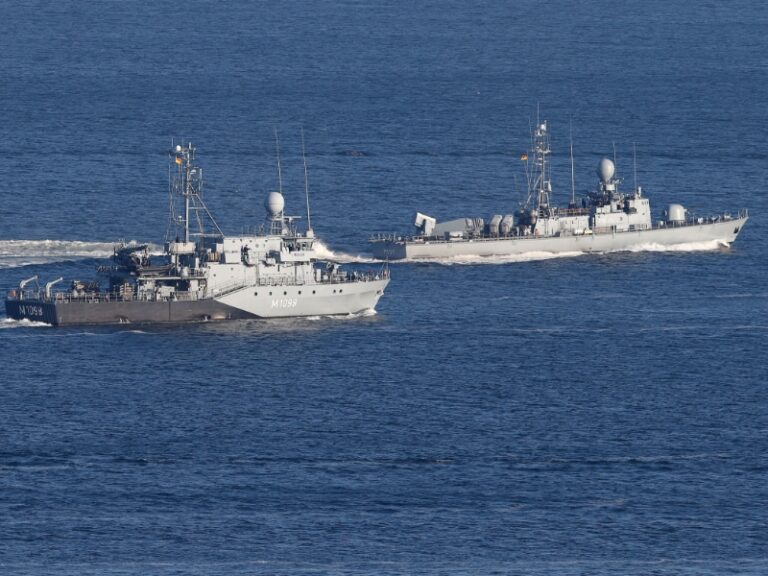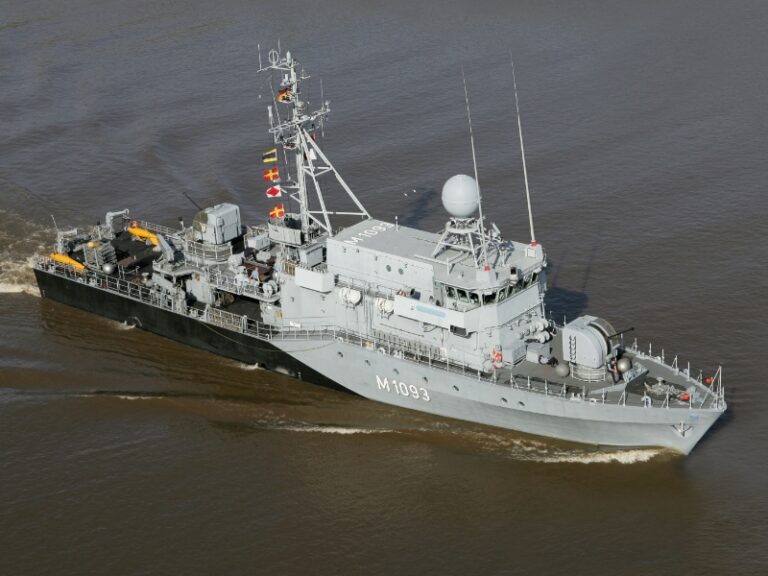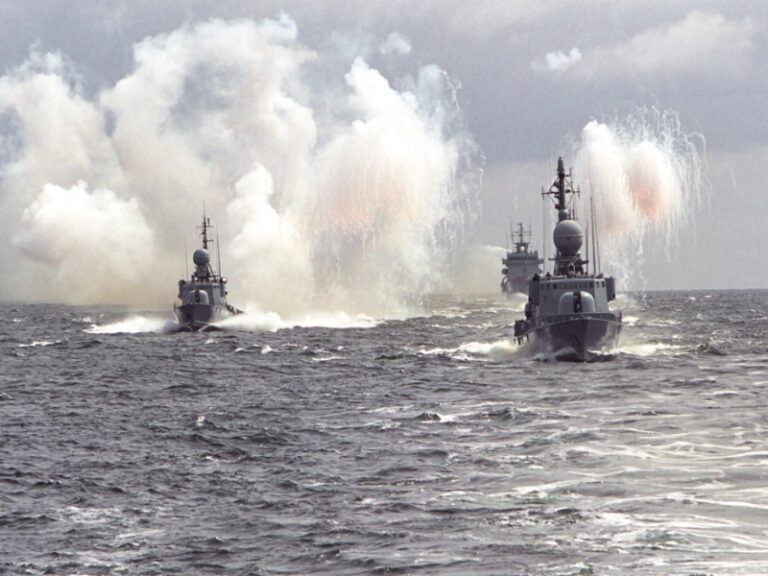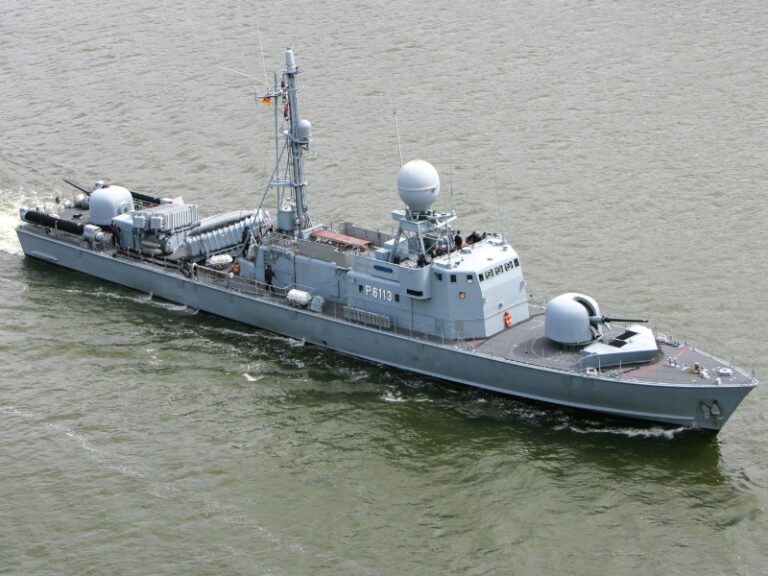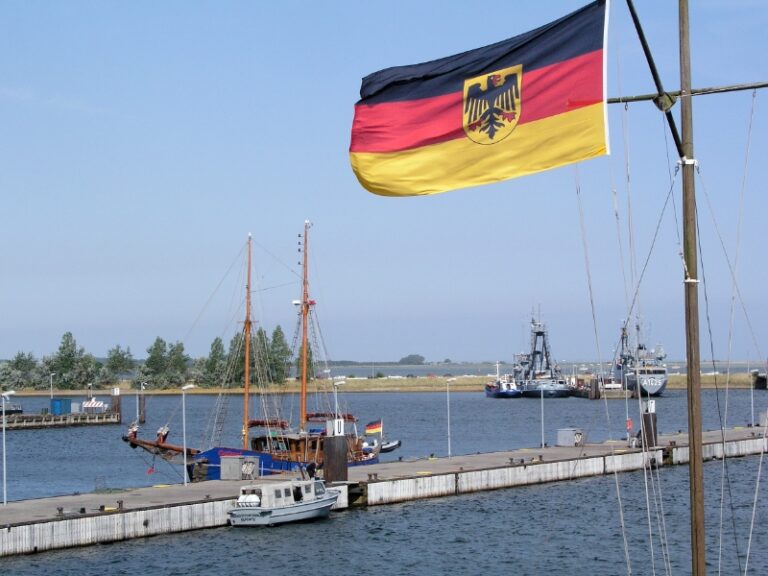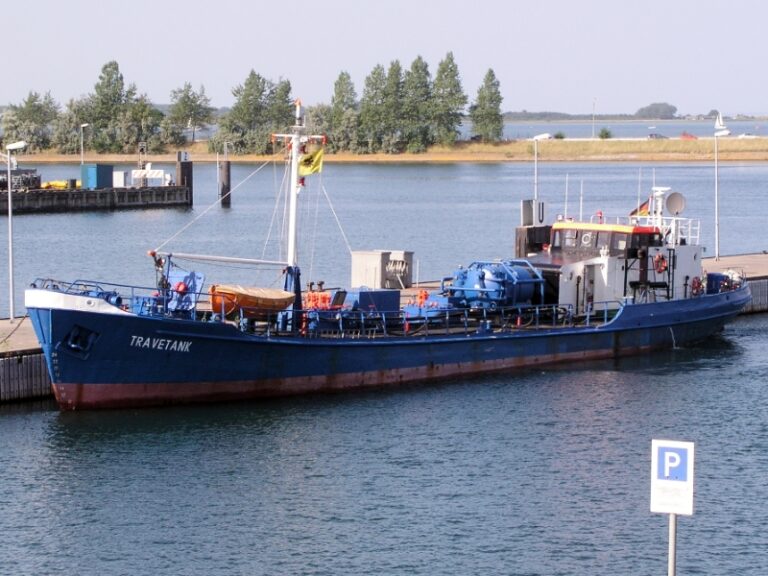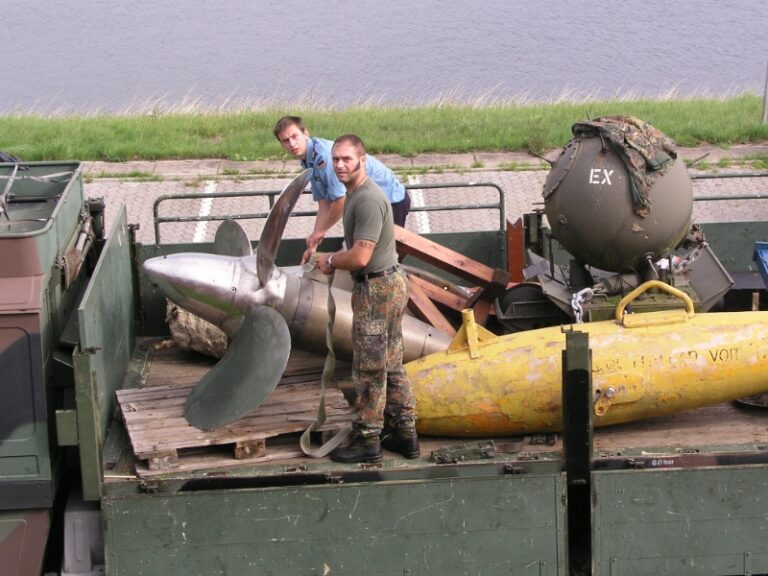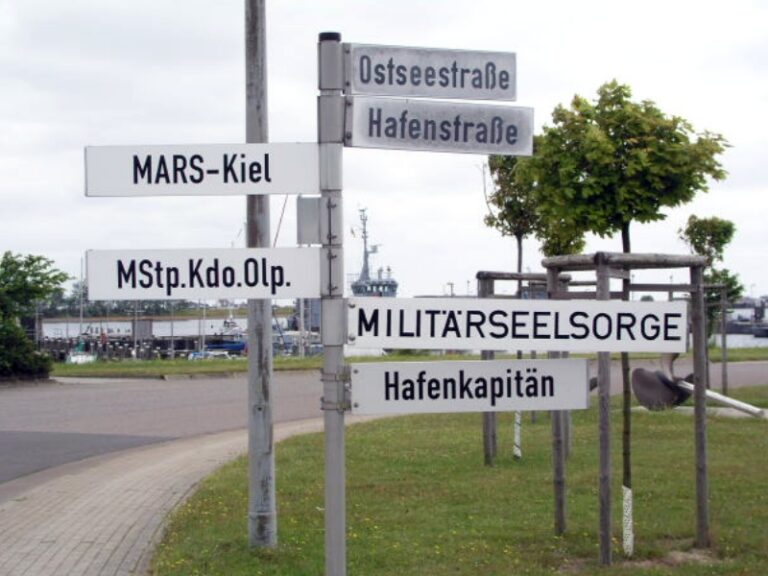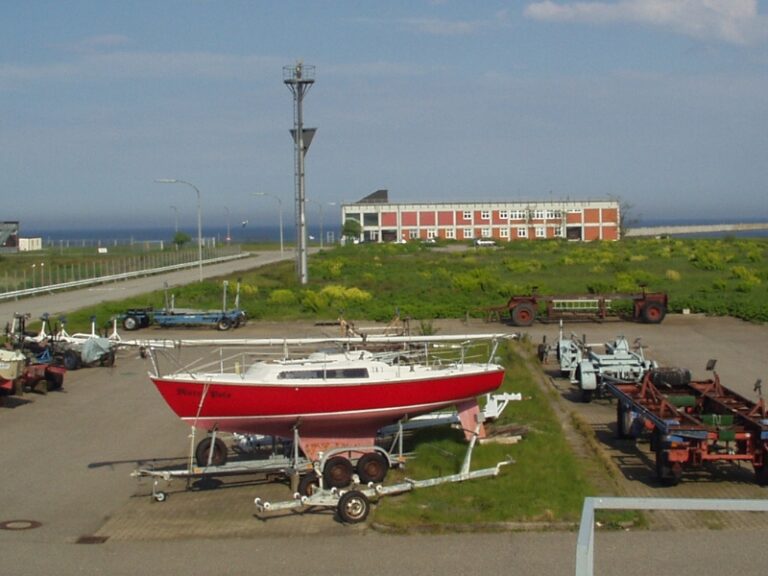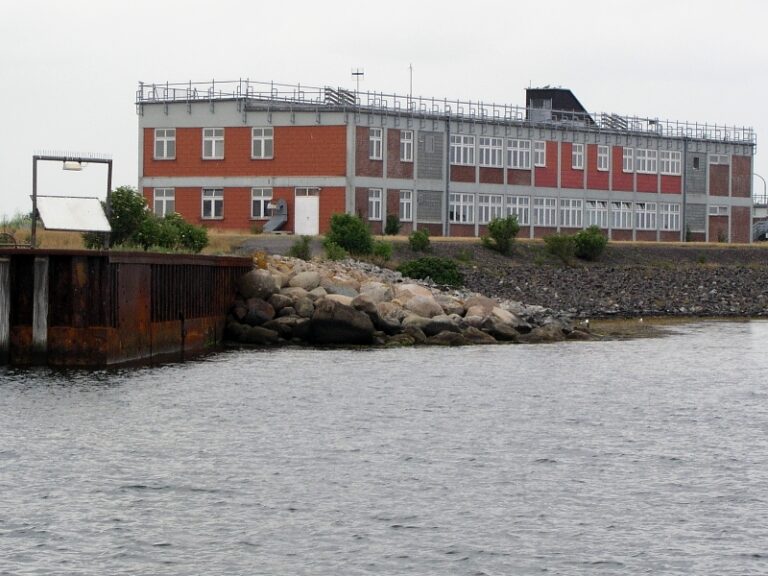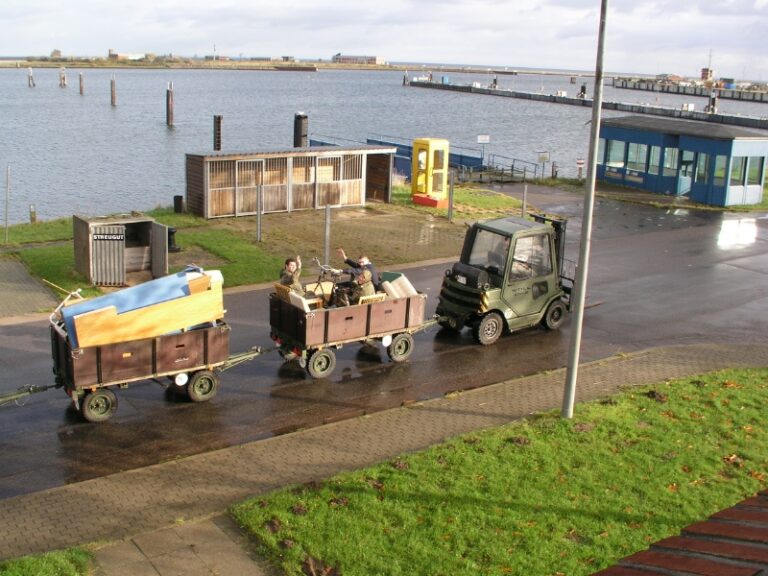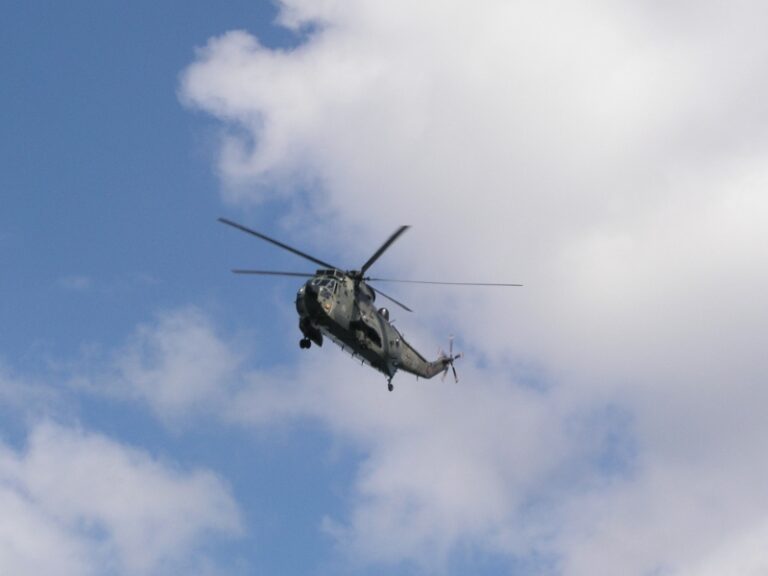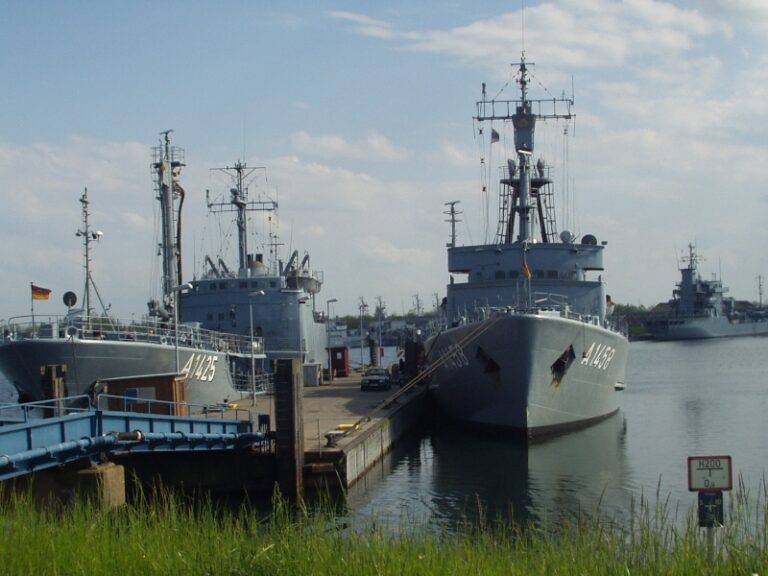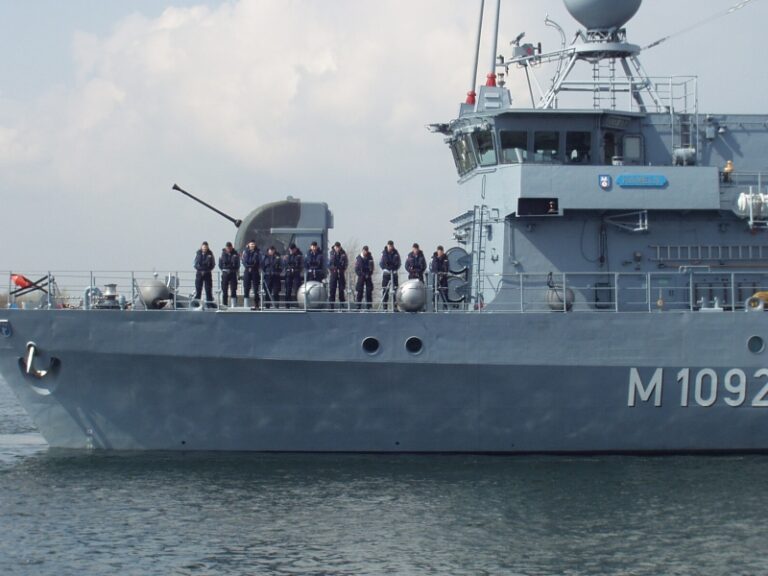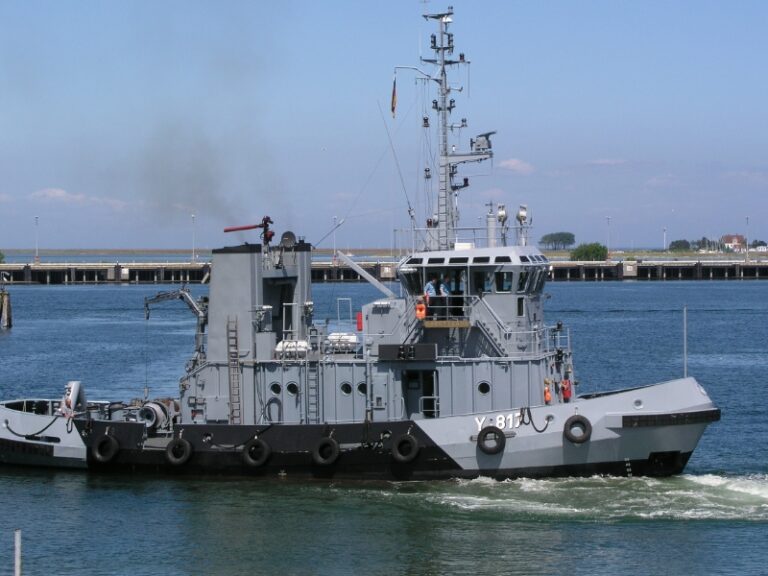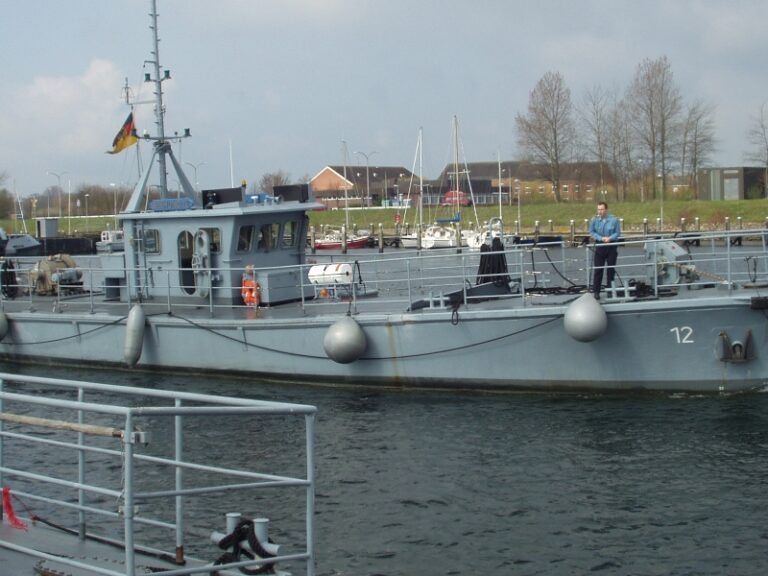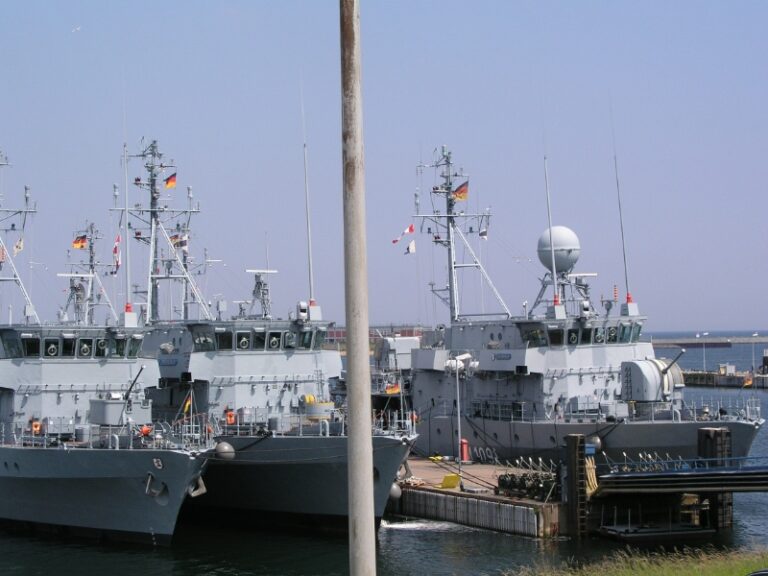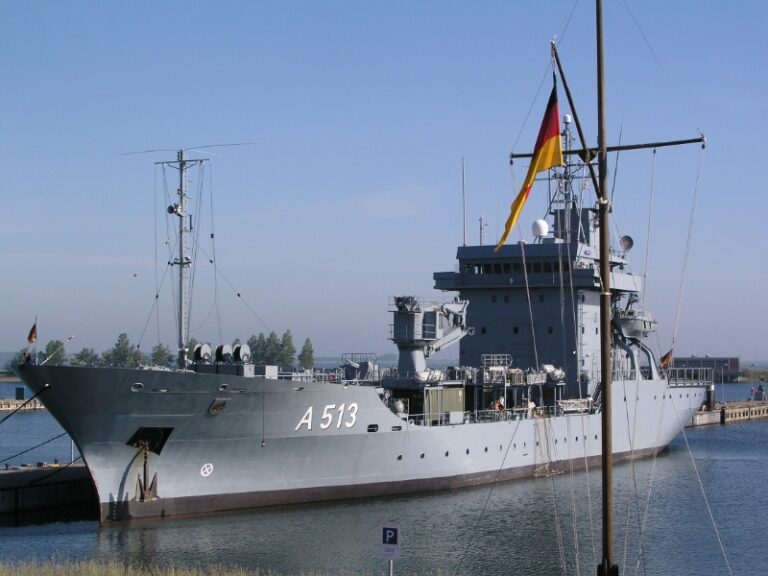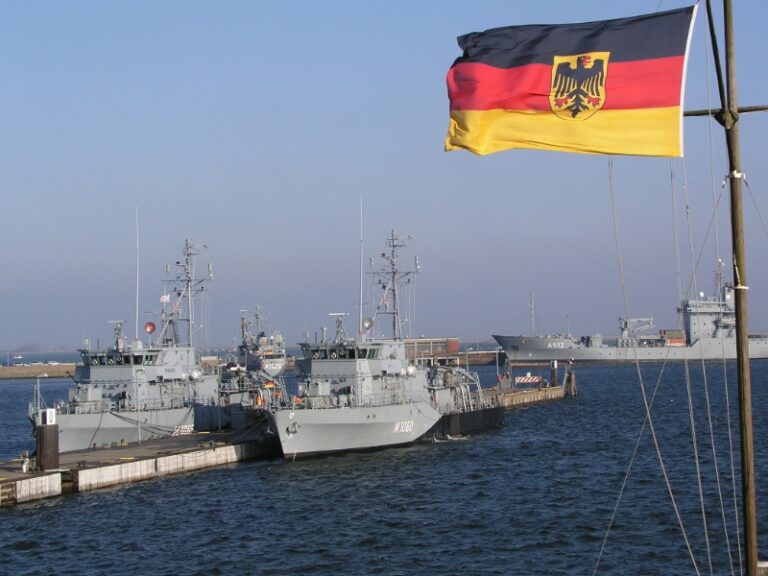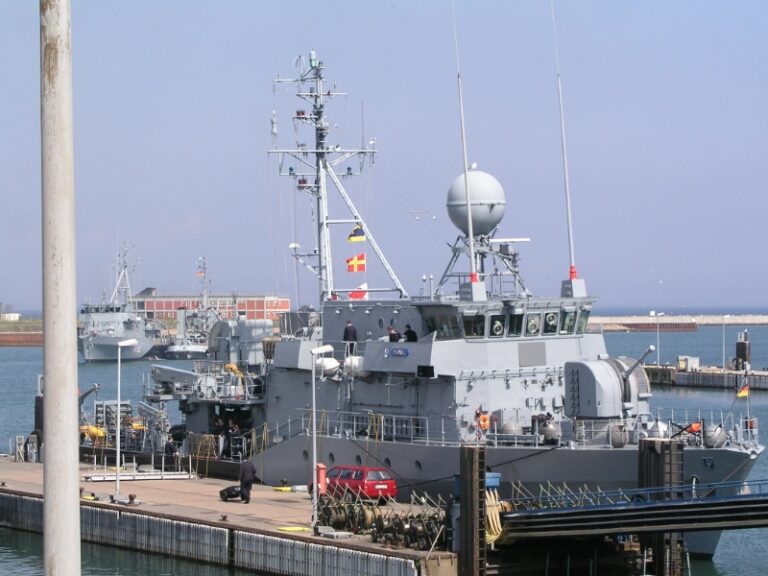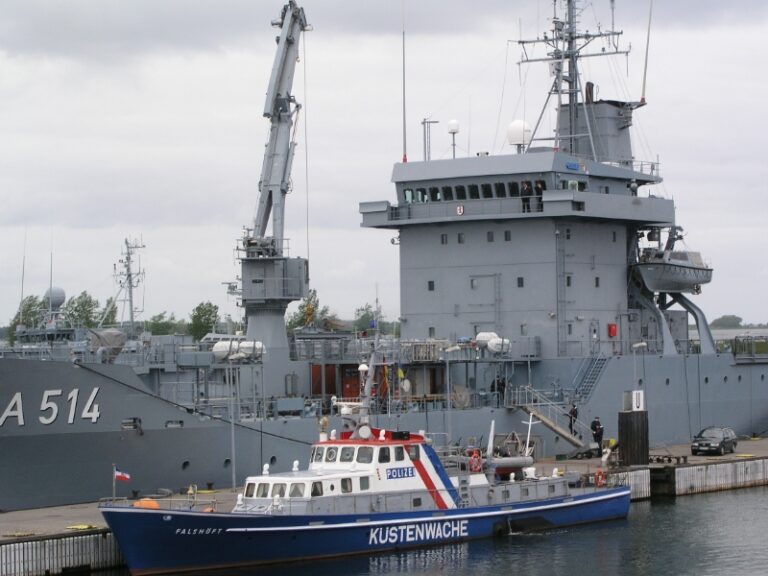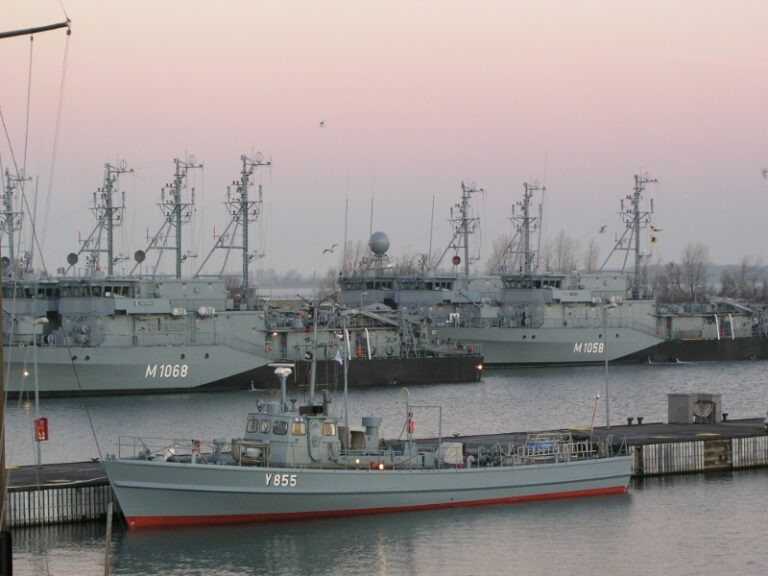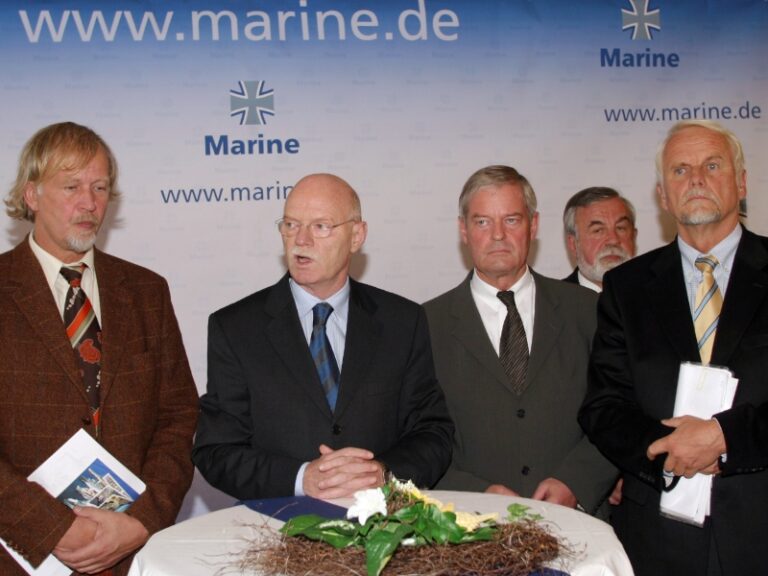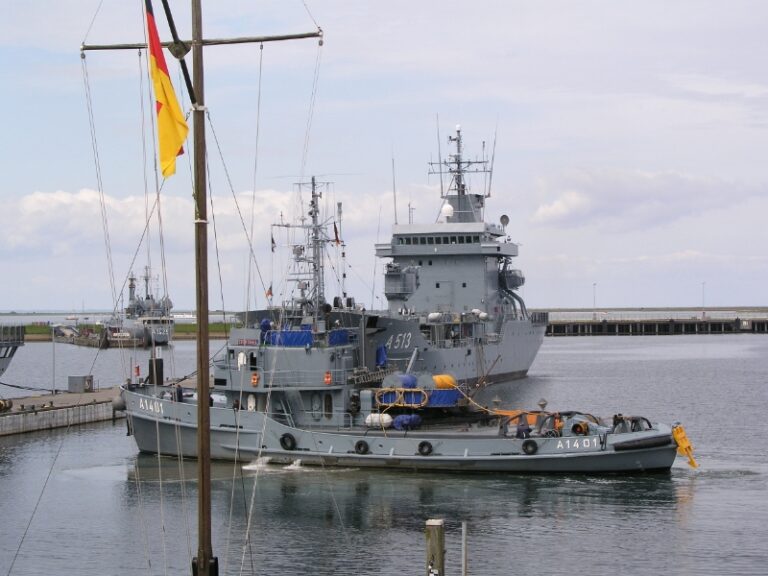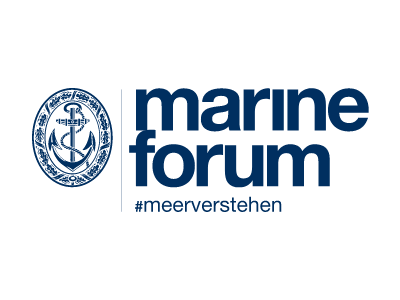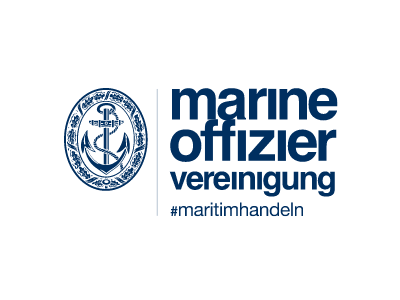Home port Olpenitz -
A place of remembrance
Once a naval base. Today a memorial site. For all those who served, lived and remained connected here.
A place with history
They are located at a historic site: the former Olpenitz naval base.
Between 1964 and 2006, this harbour was an important base for the German Navy. Minesweepers, speedboats and support units sailed in and out of the harbour - always ready to secure peace in the Baltic Sea region.
What was once nature - moorland, pastures, an empty beach - became a strategic Cold War location. Today, there are few reminders of this time. This makes it all the more important to keep this place alive.
Because those who served here remember: typhoons and diesel air, camaraderie in a confined space - and stories that remain. Further information on the former naval units you will find here.
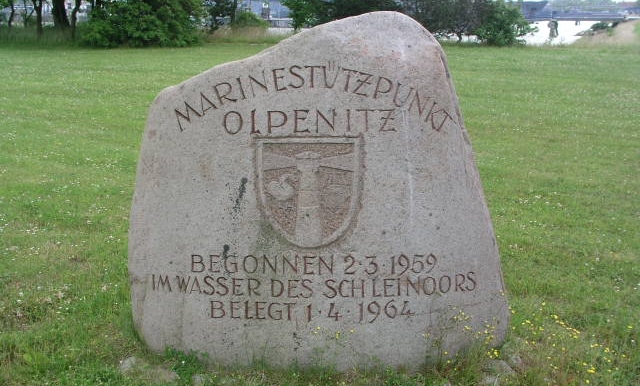
The stele
The memorial stele marks the place where thousands of people served for decades - in civilian or uniform. The silhouettes depicted on it symbolise representative boat types that were once stationed here. Look out over the harbour and imagine life here: Boats coming in, the sound of commands, the rattling of engines - and in the middle of it all, people with attitude. This stele invites you to pause for a moment. For respect. For remembrance. For community.
From life in Olpenitz
The boat builder
A life for Olpenitz: boat builder, drummer and guardian of the legendary Albatros. For decades, Peter Schlüter was the heart of the shipyard and later the harbour - until after his retirement. Without him, there would be no restored figurehead, no albatross on the Schleibrücke bridge today.
Signalling point & buoy 3
The signalling station stood on the southern pier - once with masts, flags and floodlights for communication. And out at sea: Buoy 3, which marked the customs border - and was notorious as the "liquor buoy". Anyone who passed it was allowed to buy tax-free.
Olpesibirsk & Comradeship
Secluded - yes. But full of stories. Olpenitz was "Olpesibirsk" for many conscripts. And yet friendships for life were made here. Closeness. Community. Memories that are still alive today.
A life for Olpenitz
This short biography is a memorial to Peter Schlüter, a civilian employee at the base for many years. Peter was born in 1937 as the third son of an innkeeper's family in Kappeln Wassermühlenholz. Even as a boy, he was constantly drawn to the Schlei and admired the sailing boats. So in the early 1950s, he became an apprentice at the Hennigsen & Steckmest boatyard in Kappeln-Grauhöft, which still exists today.
At some point, it wasn't enough for him to build boats, he also wanted to sail them himself. To earn the money, he started working in the construction industry, which was building a gigantic - by the standards of the time - shipyard on the opposite side of the Schlei. Building project from 1959 to 1964 carried out.
The base was built, the naval weapons school was completed and a number of jobs were created in Kappeln. This was a blessing for the previously weak region, including for Peter Schlüter. After the base was completed, he was hired on the Workshop ship ODIN of the German Navy, one of two former US landing ships that were converted into floating repair facilities.
Peter was finally able to indulge in his profession to his heart's content: boat building, interior fittings and woodwork. He repaired everything made of wood with his own dedication and precision - and that included every minesweeper in the German navy and the hulls of several types of speedboat. He also built his own boat, as well as furniture and everyday objects. He was legendary for his precision. Long before the workshop ships were cancelled in 1990, Peter moved to the naval base command.
He could be found in the boat harbour wherever something needed to be maintained. Some people may not have liked his penchant for meticulousness, he "lived and loved Olpenitz". His other passion was the drums, he was the drummer in the band "De Tampen", which many people in Kappeln still talk about today.
For many years, he served with the harbour captain, ensuring compliance with mooring rules and an intact infrastructure. He didn't like noise: His elegant wooden construction, with which he silenced the rattling teletypewriter in the harbour office, made him famous. He was particularly fond of the Gorch Fock was taken with him. He followed everything that concerned this ship.
When in 1969 the figurehead of the Gorch Fock - the golden eagle - was replaced because it was too heavy, he memorised the storage location at the Kiel Arsenal. In 1980, his hour had come: he brought the neglected figure to Olpenitz and restored it thoroughly, together with a friend and another conscript with the same vocation and passion.
The restoration was unofficial, There was no money. But there were superiors with courage and confidence who covered for him. For years, the albatross adorned the pier opposite the officers' centre on a stainless steel frame, where the playground is now at the roundabout. Peter made sure it was kept clean, including using a toilet brush to prevent seagulls from nesting.
As Peter 2002 after his many years of service in the support centre - machine office went into retirement, he was worried about the albatross. This was justified, as it disappeared with the end of the base. Peter did everything he could to ensure that the albatross was preserved - he wanted to see it placed on the Schleibrücke bridge on the east bank in Kappeln.
Where he is now. How he got there is an exciting story that will have to be told another time. Unfortunately, Peter Schlüter did not live to see his heart's desire come true; he died of a stroke in 2007, while travelling in Moscow of all places. Older people will remember the lanky, constantly busy drummer and boat builder....
The signalling point
Tonne 3 and schnapps
The secret of the "courier boats"
In the 1980s, a small grey unit suddenly appeared in Olpenitz without any press and even without much publicity within the navy. What was that? Rumours were doing the rounds: courier boats. Nonsense, we don't brew anything like that, what do they really do? A spy boat or secret weapons testing? I wonder what they have on board? And to be honest: no one was allowed on board, questions at the pier about "who are you?" were not answered. Hello, don't act so important!
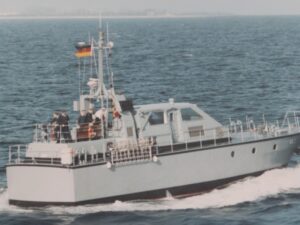
However, it was quickly realised that this was daylight reconnaissance on the orders of the Glücksburg naval command in the sea area south of the Great Belt entrance and the Gedser Reff sea area. In short: they raced out of the base, intercepted Russian or GDR units and saw what they were doing. Of course, they were working for reconnaissance. They sealed themselves off, didn't go on harbour watch and didn't show up in the orders of the 7th Speedboat Squadron.
But somehow the secretly built little fast beast was no good, because from 1985 there was something new: VB 2, built at the Lürssen shipyard in Bremen-Vegesack. And for a few more years, even as a friendly unit, you were annoyed by these guys in the middle of the night. With searchlights at high speed, they hurried around in the western Baltic Sea. Just as stealthily as they had arrived, they disappeared again. Whereabouts? We don't know. Or do we?
NDR documentary: Farewell to the Olpenitz naval base
With a solemn military ceremonial the German Navy said goodbye to the Olpenitz base - a place that had been home to minesweepers, speedboats and supply units since 1964.
After The harbour was officially closed 42 years ago. Around two thirds of the soldiers and civilian employees were relocated to the Kappeln region - yet over 2,000 jobs were lost.
"Not cheerful, if you can describe the mood", says Roman Eodoridis, Mayor of Kappeln. At the same time, he speaks of new prospects: there is talk of 800 to 1,000 new jobs and a total investment of around 500 million euros.
Where navy boats used to moor, the largest holiday village on the Baltic coast is now to be built - a new chapter for a place with a great past. You can find out more about the current use of the site on the official website of the OstseeResort Olpenitz.
What remains are stories - but also images, sounds and films.
The Freundeskreis Schnellboote und Korvetten e.V. (Circle of Friends of Fast Boats and Corvettes) brings the home port of Olpenitz to life. More about the boat types, units and history ... Scroll through personal memories, discover original photos and immerse yourself in the time when typhoons still sounded here.
Your memories for the future
We want to preserve memories together with people who called Olpenitz their home port. Whether stories, photos, video recordings or simply a sentence: everything that connects us should become part of this digital memorial. Share your experiences with the younger generation - and make Olpenitz visible.
Do you still have video or audio recordings from back then? Share them with us.More background. More navy.
Exclusive content, background reports and security policy analyses: In our digital plus area, we offer in-depth insights into the navy, security and maritime topics. Whether you are a member, subscriber or guest - secure your access.
You can log in, the subscribe to marineforum or Become a member.
Initiators and contributors
This memorial page is a joint project of the Naval Officers' Association and the boat and yacht yard Abeking and Rasmussen in Lemwerder. Content by marineforum / marineforum.online. Content Management elbureaux Hamburg. With the kind support of the last commander of the base, Frigate Captain Hans-Georg Paulinius.
